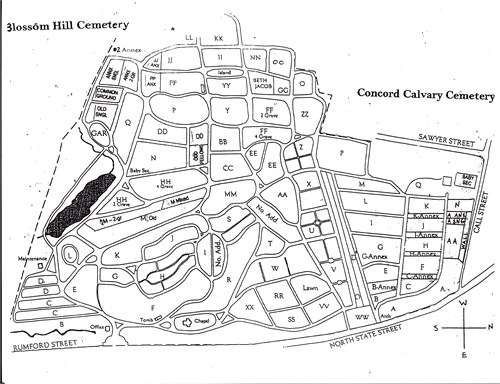Christa McAuliffe
Birth Name:
Sharon Christa Corrigan
Birth Date:
September 2, 1948
Birth Place:
Boston, Massachusetts
Death Date:
January 28, 1986
Place of Death:
Cape Canaveral, Florida
Age:
37
Cause of Death:
Space shuttle accident
Cemetery Name:
Calvary Cemetery
Claim to Fame:
Science
Christa McAuliffe was an American teacher and astronaut from Concord, New Hampshire, who was killed on the Space Shuttle Challenger on mission STS-51-L where she was serving as a payload specialist. On January 28, 1986, McAuliffe boarded Challenger with the other six crew members of STS-51-L. Seventy-three seconds into its flight at an altitude of 48,000 ft (14.630 km), the shuttle broke apart, resulting in the deaths of all seven crew members. According to NASA, it was in part because of the excitement over her presence on the shuttle that the accident had such a significant effect on the nation. Many schoolchildren were viewing the launch live, and media coverage of the accident was extensive.
Cemetery Information:
Final Resting Place:
Calvary Cemetery
N Main Street
Concord, New Hampshire, 03301
USA
North America
Map:

Grave Location:
Section MGrave Location Description
As you drive into the cemetery, make your way up and over to the left heading towards the maintenance shed. Look for the intersection of Avenues 305 and 306 and park. Christa McAuliffe’s final resting place is just 100 feet off the road shaded by two trees.
Grave Location GPS
43.22356772, -71.55551352Visiting The Grave:
Photos:
[+]
[+]
[+]
[+]
[+]
[+]
[+]
[+]
[+]
[+]
[+]
[+]
[+]
[+]
[+]
[+]
[+]
[+]
[+]
[+]
[+]
FAQ's
Christa McAuliffe was born on September 2, 1948.
Christa McAuliffe was born in Boston, Massachusetts.
Christa McAuliffe died on January 28, 1986.
Christa McAuliffe died in Cape Canaveral, Florida.
Christa McAuliffe was 37.
The cause of death was Space shuttle accident.
Christa McAuliffe's grave is in Calvary Cemetery
Read More About Christa McAuliffe:
- Published Obituary
- Wikipedia Entry
- Christa’s Lost Lessons Brought to Life
- We know Christa McAuliffe the astronaut. Who was McAuliffe the person?
- How Teacher Christa McAuliffe Was Selected for the Disastrous Challenger Mission
- Christa McAuliffe Biography
- Challenger: The shuttle disaster that changed NASA
- This day in history: The space shuttle Challenger explodes after liftoff
- 35 years after Challenger disaster, former students of Christa McAuliffe honor her legacy
- NASA: Christa McAuliffe
- Photos: Remembering the 1986 Challenger space shuttle disaster
Videos Featuring Christa McAuliffe:
See More:
Back to Top









